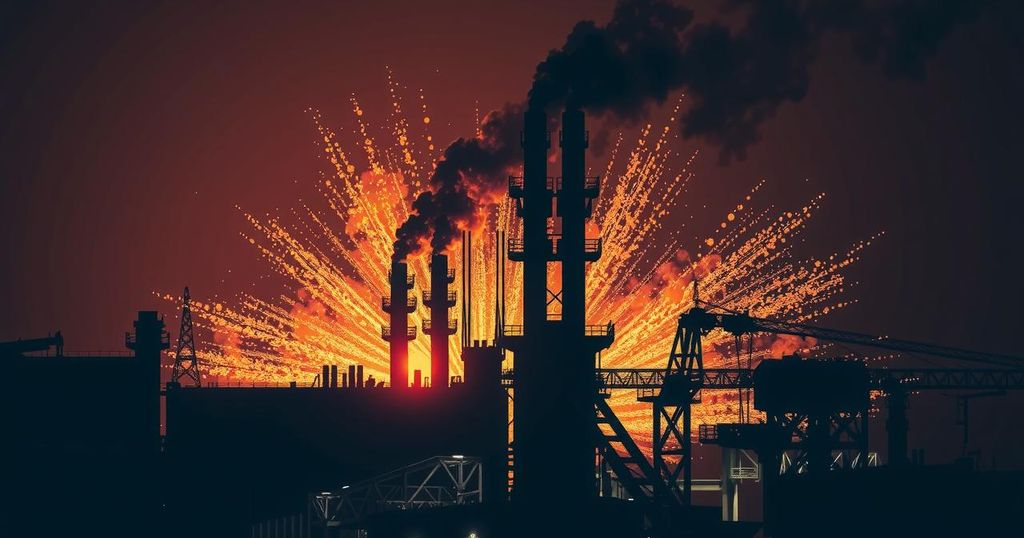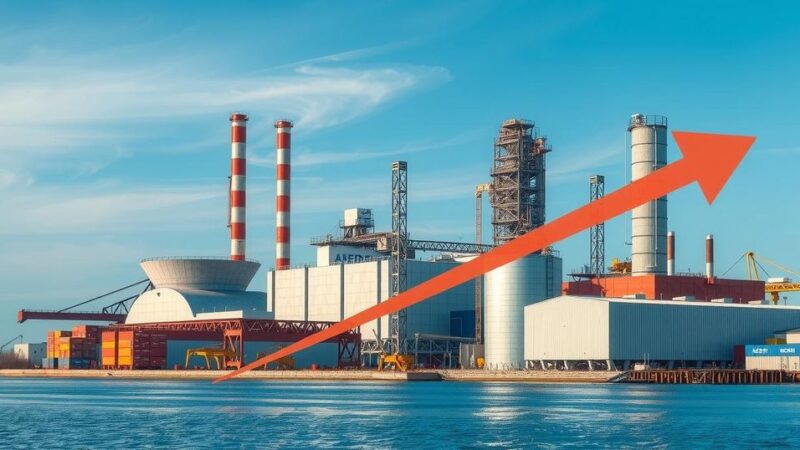President Trump has escalated his tariffs on steel and aluminum imports to 25%, eliminating previous exemptions. Critics warn this could inflate consumer prices and threaten jobs, especially in the automotive industry. While Trump claims this measure will boost domestic manufacturing, many experts express concern over the potential adverse economic repercussions.
President Donald Trump announced the removal of exemptions from his 2018 tariffs on steel and aluminum, imposing a 25% tax on all imports. He expressed his belief that this policy would foster domestic manufacturing, stating, “It’s time for our great industries to come back to America.” However, critics warn that such measures could lead to increased consumer prices and potential job losses, particularly in the automotive sector, where the sudden tariffs may elevate vehicle costs for consumers.
Trump’s decision reflects his aggressive strategy to reshape global trade by enhancing tariffs. As several key allies, including Canada, Brazil, Mexico, and South Korea—major sources of steel imports—face tariffs, critics like Candace Laing of the Canadian Chamber of Commerce claim that Trump’s policy injects instability into the global economy. This uncertainty comes amid already rising inflation rates, worrying voters who fear that price increases may outpace income gains.
Experts such as Benn Steil from the Council on Foreign Relations caution that these tariffs could backfire, precipitating higher prices for U.S. consumers and retaliatory measures from other nations. Furthermore, the imposition of national security-related tariffs might encourage other countries to impose similar trade barriers. The potential economic consequences of these tariffs might hinder job growth and competitiveness in U.S. manufacturing as companies face escalating costs.
The anticipated increase in material costs could lead manufacturers, particularly in the automotive sector, to raise their prices, consequently threatening sales and jobs. Glenn Stevens Jr. from MichAuto expressed skepticism regarding Trump’s assertions about job growth, underscoring that sudden tariffs generally yield negative impacts on the economy. The positive outlook for steel producers might overlook the broader consequences on industries dependent on these raw materials.
As inflation fears mount, preliminary consumer sentiment data indicated rising expectations for inflation, suggesting that the public perceives tariffs as a risk to their financial wellbeing. While stock prices for steel companies surged due to anticipated profit increases, shares for companies reliant on these materials, like General Motors, suffered. These trends underscore the disparity between steel producers and downstream manufacturers, raising concerns for the latter’s viability under new tariff structures.
Trump plans to implement additional tariffs on various sectors, including computer chips and pharmaceuticals, positing that this will lead to the establishment of more domestic manufacturing facilities. He emphasized that these tariffs would ultimately result in reduced prices as domestic production rises. Promises of job creation were echoed by Howard Lutnick, potential commerce secretary, who claimed that up to 120,000 jobs could return, a forecast not clearly substantiated by data. Research has previously indicated a lack of benefit to manufacturing from the original tariffs, leading to skepticism about the efficacy of such policies.
In summary, President Trump’s decision to strengthen tariffs on steel and aluminum imports has raised concerns regarding inflation risks and potential job losses in the manufacturing sector. Although aimed at bolstering U.S. industry, critics argue that the approach may lead to increased costs for consumers and retaliatory tariffs from trading partners. The economic complexity surrounding the issue suggests a need for more targeted policies rather than sweeping tariffs that could harm various sectors of the economy.
Original Source: apnews.com






